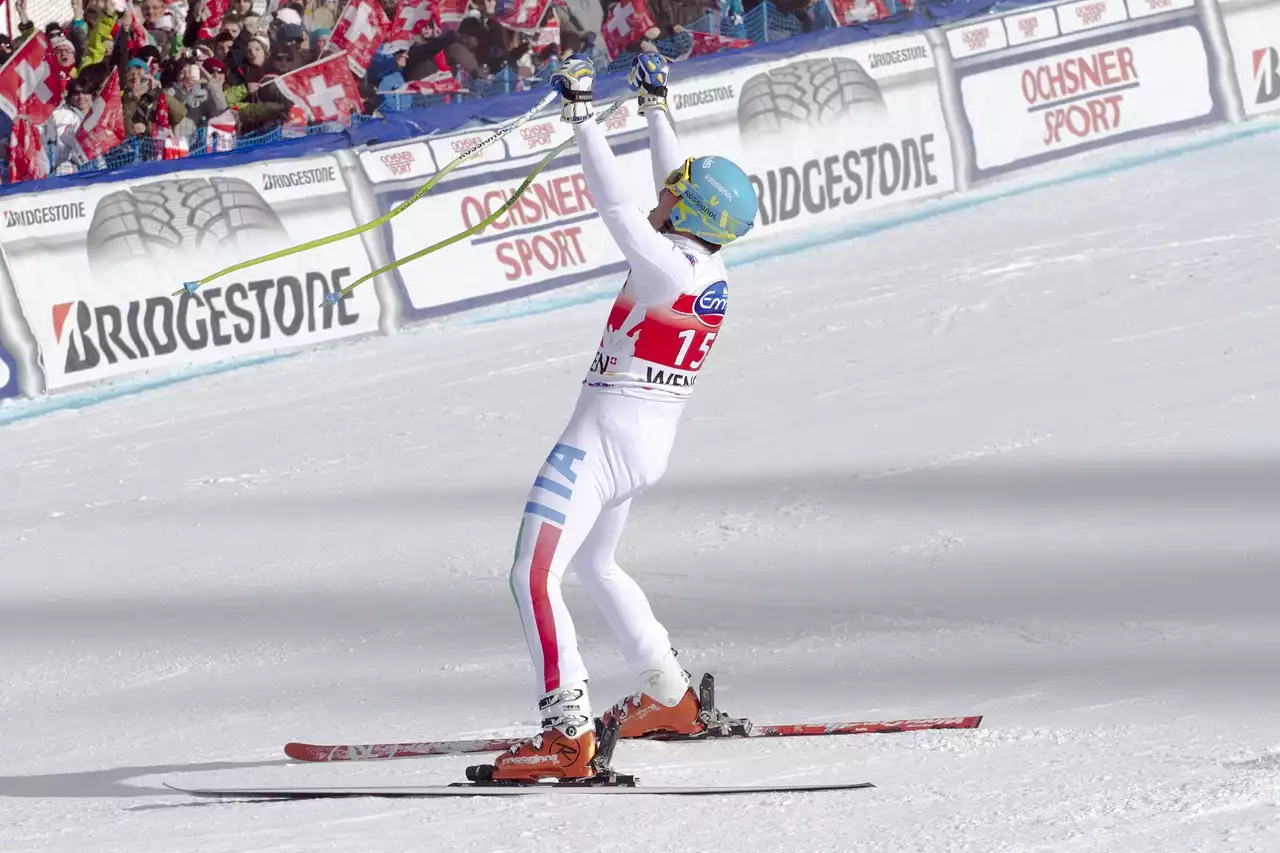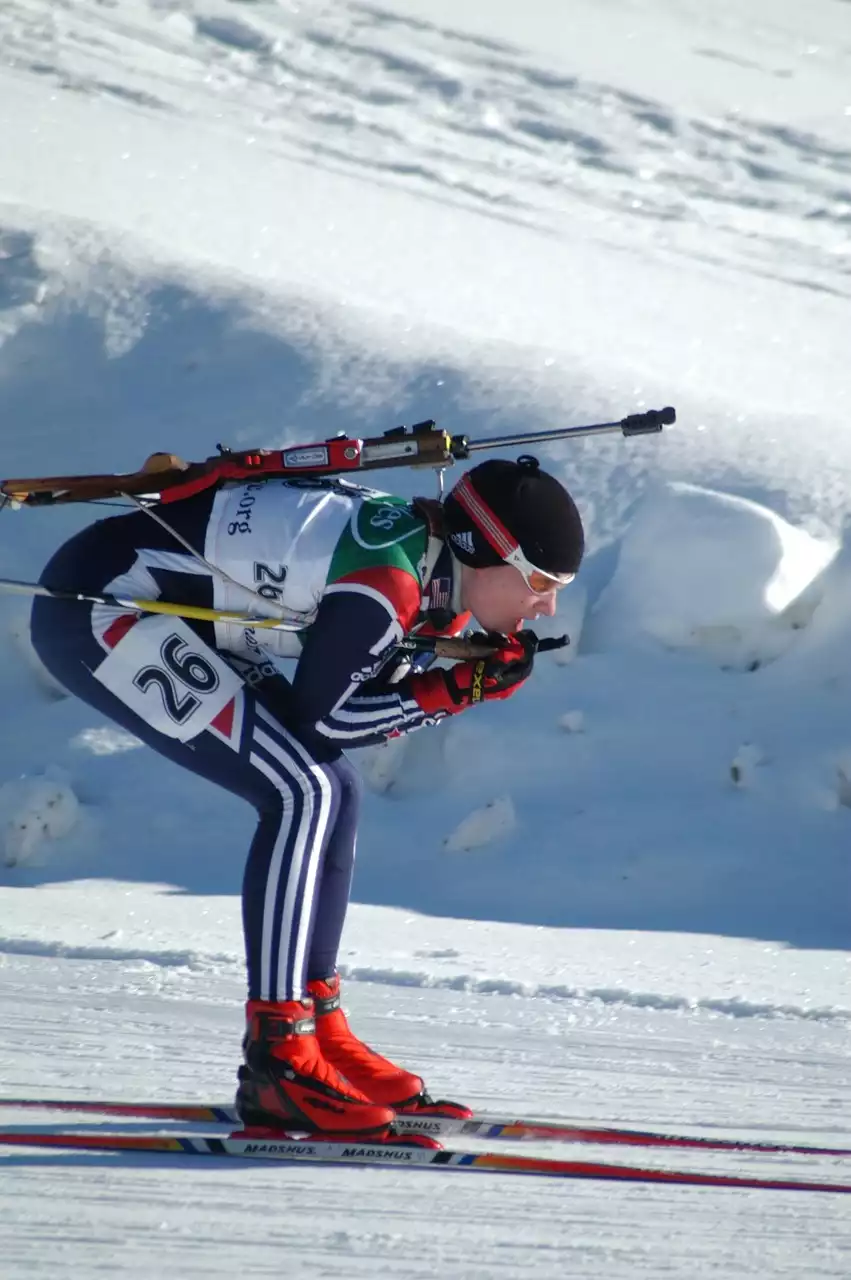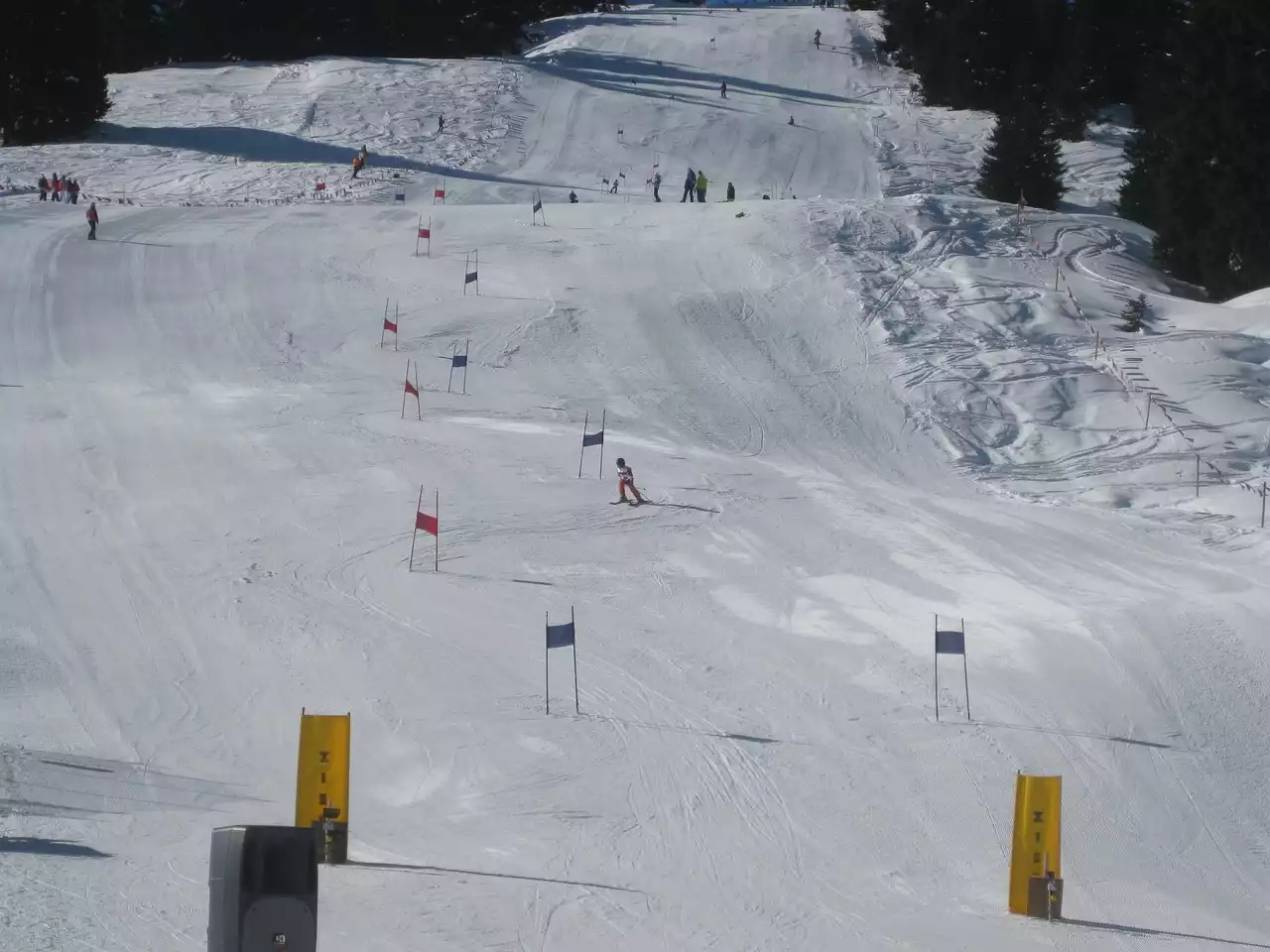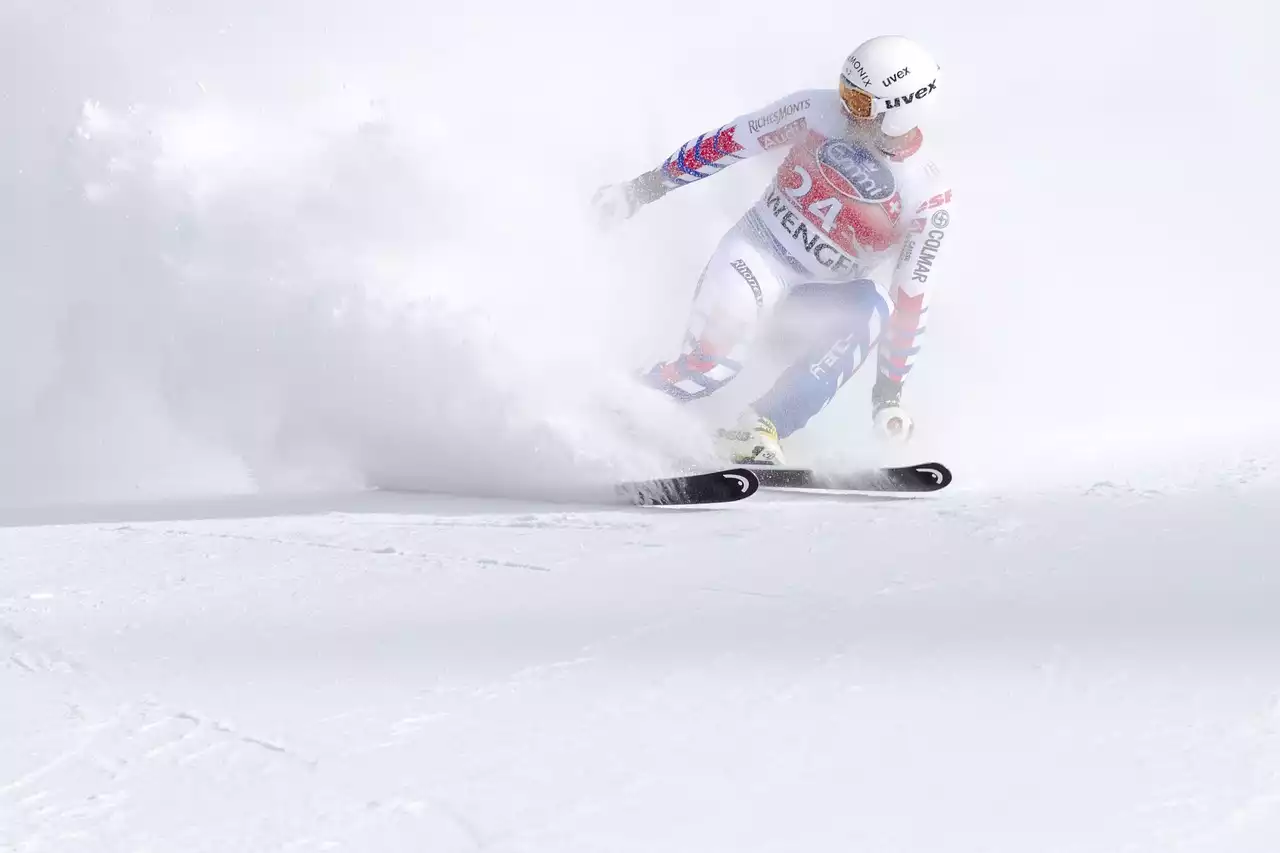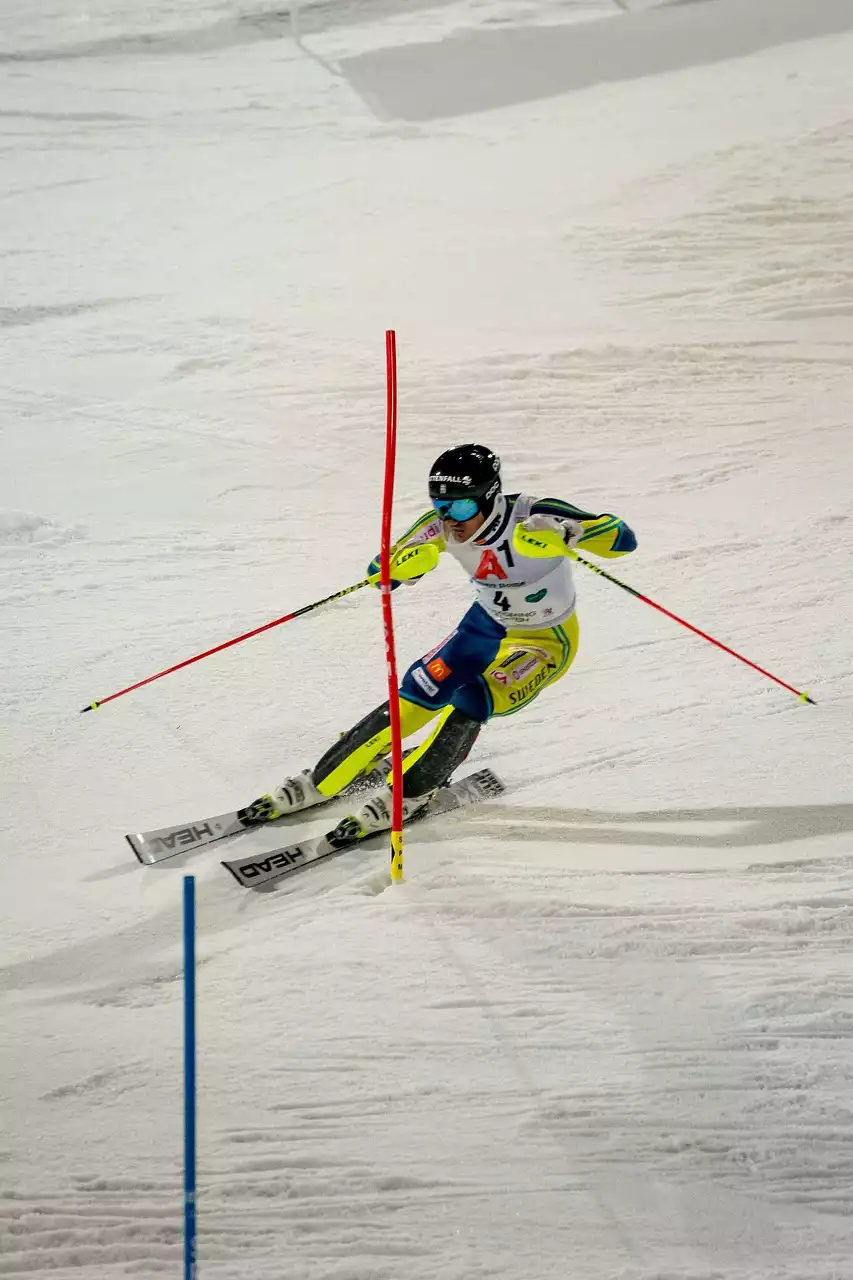History and Evolution of Ski Racing
Ski racing has been a part of Winter Olympic Games since 1936, and it has grown in popularity ever since. Over the years, ski racing has evolved into a highly technical and physically demanding sport, attracting the best athletes from around the world. The sport has been divided into different disciplines, with each discipline requiring different skills and techniques. The earliest form of ski racing was the downhill race, which involves skiing down a steep slope as fast as possible. Later, other disciplines such as slalom, giant slalom, and super-G were added, each with its own set of rules and regulations.
The introduction of new materials such as fiberglass and plastic, along with advances in ski design, has revolutionized the sport, making it faster and more exciting. Today, ski racing is a combination of physical endurance, technical precision, and mental toughness. It's a world where every athlete is pushing themselves to the limit, with the ultimate goal of reaching the podium.
Is A Ski From The 80s Better Than Today's Skis?
FIS World Cup Ski Racing Events
The FIS World Cup Ski Racing is the premier international circuit for alpine skiing competitions. The competition is held annually, with races taking place in different countries around the world. The competition is divided into different disciplines, with both men and women competing in downhill, slalom, giant slalom, and super-G races.
The FIS World Cup Ski Racing is a grueling competition, with athletes competing in multiple races over several weeks. The competition starts in late October and runs through March, with races held in Europe, North America, and Asia. The season ends with the World Cup Finals, where the top 25 athletes in each discipline compete for the overall title.
The FIS World Cup Ski Racing is not just about speed; it's about strategy, technique, and the ability to adapt to changing conditions. The races are held on different types of terrain, ranging from steep and icy slopes to soft and powdery snow. The athletes must be able to adjust their technique and equipment to suit the conditions, and make split-second decisions to avoid obstacles and stay on course.
2022/23 FIS ⛷️ Alpine Skiing World Cup. Let the Games begin! | FIS Alpine
The Ski Racing Disciplines
The FIS World Cup Ski Racing consists of four different disciplines: downhill, slalom, giant slalom, and super-G. Each discipline requires different skills and techniques, and the athletes must be able to adapt to the changing conditions of the course.
Downhill is the fastest and most dangerous discipline, with skiers reaching speeds of up to 100 miles per hour. The course is set on a steep slope, and the skiers must navigate through a series of gates while maintaining their speed and balance.
Slalom is a technical discipline that involves skiing through a series of gates placed closer together than in the other disciplines. The skiers must make quick turns and changes of direction, and the course is set on a less steep slope than downhill.
Giant slalom is a combination of speed and technical skill, with the skiers skiing through a series of gates that are farther apart than in slalom. The course is set on a steep slope, and the skiers must make wide turns and maintain their speed.
Super-G is a hybrid of downhill and giant slalom, with skiers skiing through a course that combines the speed of downhill with the technical skill of giant slalom. The course is set on a steep slope, and the skiers must make quick turns and maintain their speed.
The Athletes of FIS World Cup Ski Racing
The athletes of FIS World Cup Ski Racing are some of the best athletes in the world. They are not only physically fit and skilled, but they also possess mental toughness and the ability to handle pressure. The athletes come from different countries and backgrounds, but they all share the same passion for ski racing.
To become an athlete in FIS World Cup Ski Racing, one must start at a young age and work their way up through the ranks. The athletes must possess a combination of physical and mental skills, and they must be able to handle the pressure of competing at the highest level.
The athletes of FIS World Cup Ski Racing come from all over the world, with countries such as Austria, Switzerland, Norway, and the United States being the dominant forces in the sport. The athletes are role models for young skiers, inspiring them to pursue their dreams and reach their full potential.
Training for FIS World Cup Ski Racing
Training for FIS World Cup Ski Racing is a year-round commitment. The athletes must maintain a high level of fitness, strength, and flexibility, and they must be able to adapt to different terrain and weather conditions. The training includes a combination of on-snow and off-snow activities, such as weight training, cardio exercises, and agility drills.
The athletes also work on their technique and strategy, analyzing their performance and making adjustments to their equipment and technique. They work closely with their coaches and support staff, who help them develop their physical and mental skills.
Training for FIS World Cup Ski Racing is not just about physical fitness; it's also about mental strength. The athletes must be able to handle the pressure of competing at the highest level, and they must be able to stay focused and motivated.
The Role of Technology in FIS World Cup Ski Racing
Technology plays a crucial role in FIS World Cup Ski Racing. The athletes use advanced equipment, such as high-performance skis, boots, and bindings, which are specifically designed for the sport. The equipment is constantly evolving, with new materials and designs being developed to improve performance and safety.
The athletes also use video analysis to analyze their performance and make adjustments to their technique. They use GPS technology to track their speed and trajectory, and they use data analytics to optimize their training and racing strategy.
Technology is also used to enhance the spectator experience, with live streaming and virtual reality technology allowing fans to experience the thrill of ski racing from the comfort of their homes.
The Business of FIS World Cup Ski Racing
FIS World Cup Ski Racing is not just a sport; it's also a business. The competition generates millions of dollars in revenue, with sponsors, broadcasters, and event organizers all contributing to the success of the sport. The athletes themselves are also brands, with endorsements and sponsorships playing a significant role in their income.
The business of FIS World Cup Ski Racing is constantly evolving, with new technologies and marketing strategies being developed to attract fans and sponsors. The sport is also becoming more accessible, with events being held in different countries and regions, and with the introduction of new disciplines such as ski cross and freestyle skiing.
Future of FIS World Cup Ski Racing
The future of FIS World Cup Ski Racing looks bright, with the sport continuing to attract new fans and athletes from around the world. The competition is evolving, with new disciplines and technologies being introduced to make the sport more exciting and accessible.
The athletes themselves are also evolving, with new training techniques and technologies being developed to improve their performance and reduce the risk of injury. The sport is also becoming more sustainable, with initiatives being developed to reduce the environmental impact of the competitions.
Overall, FIS World Cup Ski Racing is a thrilling and unpredictable journey, with athletes pushing themselves to the limit in pursuit of the podium. It's a world where physical endurance, technical precision, and mental toughness are combined to create a sport that is both challenging and rewarding. Whether you're a fan or an athlete, ski racing is a sport that will continue to captivate and inspire for years to come.
